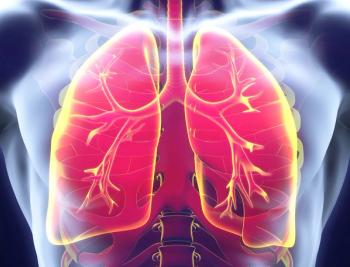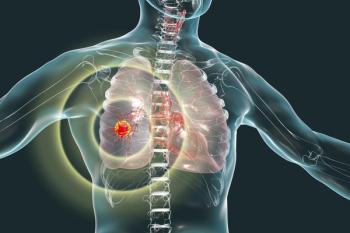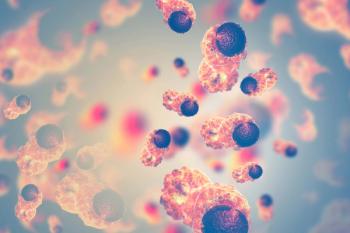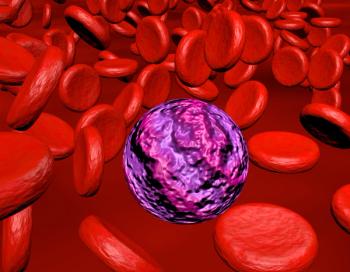
Outlining Risk Factor Identification and Mitigation in Bladder Cancer
Ongoing research suggests environmental exposures and the role of microbiomes may influence bladder cancer development and response to treatment.
CancerNetwork® spoke with Armine K. Smith, MD, assistant professor of Urology and director of Urologic Oncology at Sibley Memorial Hospital, part of Johns Hopkins Medicine, about risk factors related to bladder cancer, as well as approaches to help mitigate them.
Smith initially touched upon well-established risk factors, identifying smoking, exposure to chemicals used in dye and rubber industries, and chronic bladder inflammation as the most common risk factors. Additionally, she explained that a minority of patients have a genetic predisposition to forming bladder tumors as well.
She then outlined some preventative measures patients can take to mitigate the risk of bladder cancer, including smoking cessation or abstention, minimizing chemical exposure, and the presence and utilization of a program for early detection of bladder cancers, particularly among patients at a higher risk for developing the disease.
Smith further expressed that ongoing research is seeking to elucidate whether other environmental exposures, which are not typically associated with bladder cancer risk, may actually impact the development of the disease. Finally, she stated that research may also uncover the role of microbiomes in the development of bladder tumors and their response to treatment.
Transcript:
To even summarize, there are well-established risk factors, such as smoking, exposure to some chemicals that are used in the dye and rubber industries, chronic bladder inflammation, [and] there is a minority of patients who have a genetic predisposition to forming bladder tumors. Preventative measures include smoking cessation, or never smoking, if possible, minimizing chemical exposures when possible, and then having a program for detecting these cancers earlier and [for] patients at risk.
Ongoing research also suggests there might be some other environmental exposures that are not usually associated with bladder cancer and more information to come, [as well as] the role of microbiome in developing these cancers and responses to the treatments for these cancers.
Newsletter
Stay up to date on recent advances in the multidisciplinary approach to cancer.


















































































